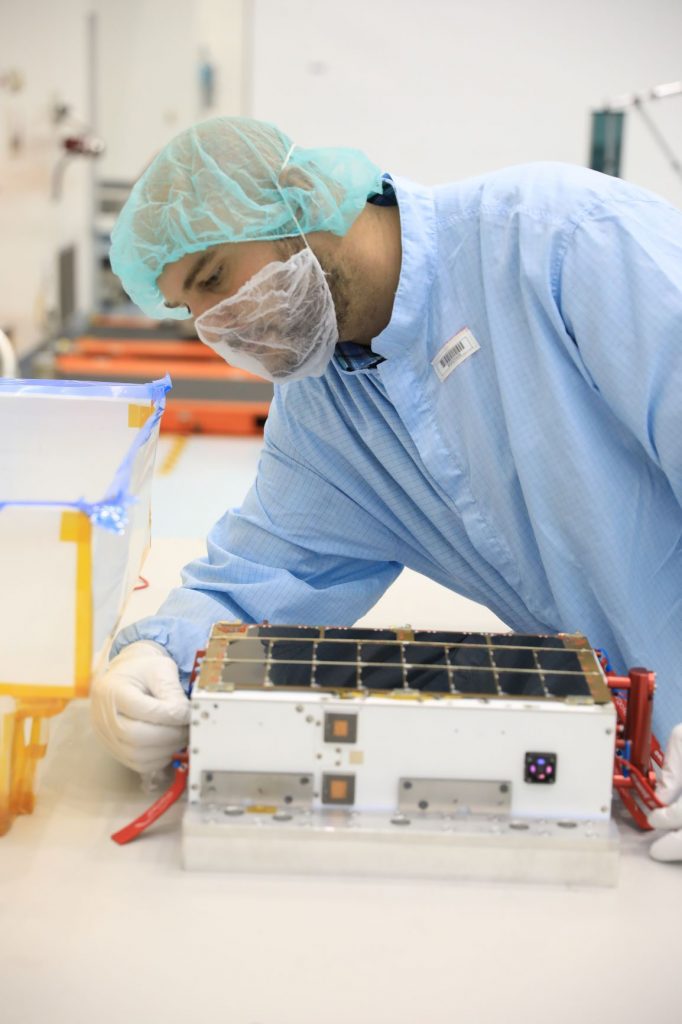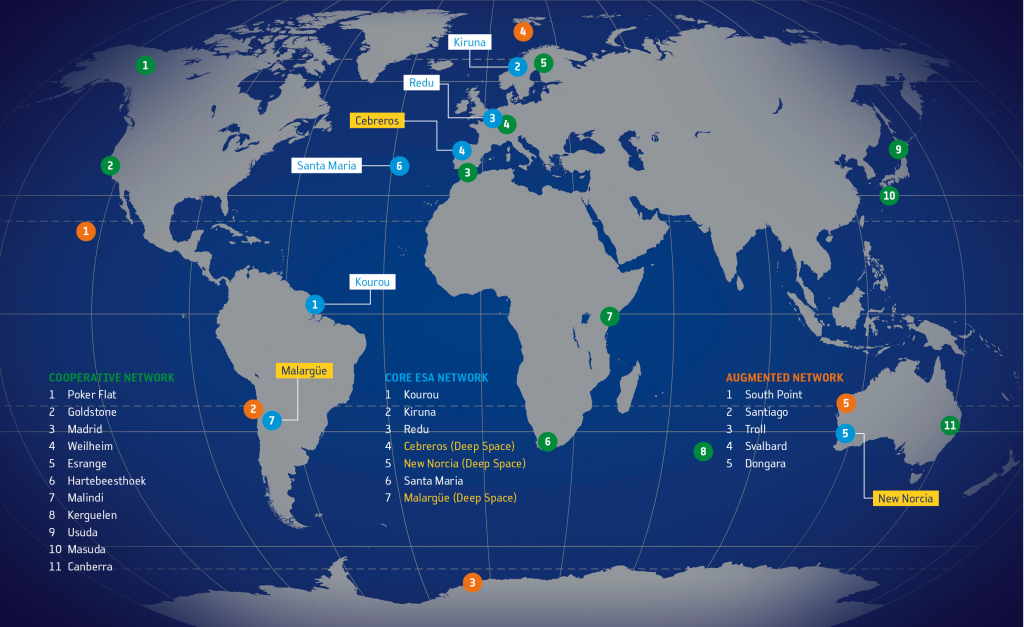The SLS rocket will be the most powerful launch into space since the Apollo missions. The launcher is so powerful it has some energy to spare after putting Orion into Earth orbit. To fill up the extra potential the first Artemis launch will include several guest passengers, small “cubesat” satellites with their own missions and goals.
One of these side-missions is ArgoMoon, the Italian Space Agency’s, ASI, cubesat built by the Italian company Argotec through an agreement with NASA that will be the only European secondary payload on the first Artemis mission
After launch, ArgoMoon will be one of the first satellites to be deployed as it has a very interesting mission: to photograph the Interim Cryogenic Propulsion Stage (ICPS) that propels Orion and the European Service Module onwards to the Moon from Earth orbit. The mission goal is to capture unique pictures of the ICPS for technical as well as outreach purposes.
Once relased from its dispenser, ArgoMoon will distance itself from the Interim Cryogenic Propulsion Stage, stabilise itself and locate its ride that took it to space automatically using image recognition software – custom built of course, none of this has been done before!
Much like a space version of the Lakitu the cloud camera turtle from Mario, ArgoMoon’s main mission is to offer the people at the controls a prime view of the action – not necessarily live, space missions usually operate without a third-person camera, but for analysis afterwards. Of course, the snapshots promise to be an awe-inspiring science-fiction-like view of a spacecraft in Earth orbit.

The mission ain’t over
After ICPS moves towards a heliocentric orbit for its disposal, the ArgoMoon satellite will have finished its main purpose, but the mission will be far from over. Its small thrusters will fire to put it in an elliptical orbit around Earth, bringing it closer and closer to the Moon on each round. Over the next few months ArgoMoon will continue to document its flight and take images of Earth and the Moon while also testing the nanotechnology it uses in the harsh environment of deep space.
Finally, at the end of its mission, ArgoMoon will perform the last manoeuvre to bring the satellite into a heliocentric orbit for its own disposal phase.

The technical specs
ArgoMoon will be the first Italian spacecraft to venture beyond low Earth orbit, not bad for a mission lasting months and recording a monumental moment of spaceflight – all packed into a design the size of a shoebox. Using the standard cubesat format of being made of 10 cm cubes, ArgoMoon is 6U, 20 by 30 cm. Weighting just 14 kg its two solar wings unfold after release and it has two propulsion systems as well as two cameras.
The pictures will be sent down by over x-band radio and will need to be processed before being released. Two cameras are on offer to take pictures of the spectacle, much like modern mobile phones have, there is a camera for normal recording, and another camera with tele-lens offering 2.5° field of view for the details.
This small, high-tech but complete satellite, promises to deliver never-seen-before images from space, from an orbit no other Italian spacecraft has been before.

Tracking the sats
ArgoMoon, and five of its fellow passengers, will be welcomed into space by none other than ESA’s mission control centre in Darmstadt, Germany. Six of the eleven CubeSats will, once deployed, rely on NASA’s Deep Space Network as well as ESA’s global network of deep space antennas to pick up their first signals. From this, controllers for each CubeSat can determine their health post-launch, their position in space, and where they are heading.
The CubeSats supported by ESA will quickly disperse, heading in different directions, performing an impressive range of experiments, and reporting back to various teams across the globe. ESA’s Estrack network will be at the ready, keeping track of every one and ensuring their messages get home.ArgoMoon has an additional relevance during its operations phase, which will be managed by a a team, working from a Mission Control Centre at Argotec in Turin, Italy.

The ArgoMoon mission is the second European cubesat to fly in deep space (after LICIACube) and ASI intends to pave the way for new space exploration based on compact but extremely powerful and specialised satellites.


 Automated Transfer Vehicle page
Automated Transfer Vehicle page ATV blog archive
ATV blog archive
Discussion: no comments